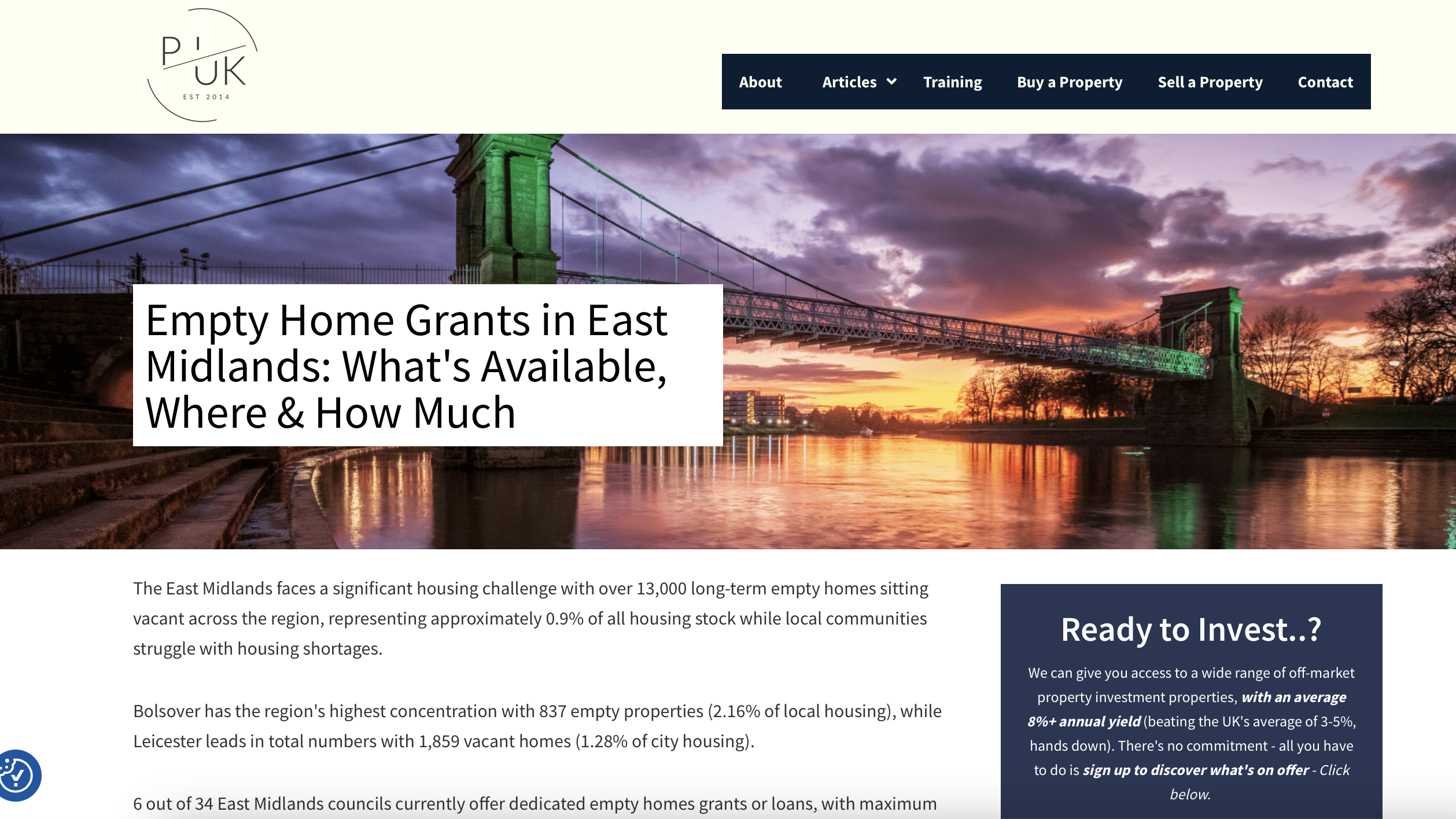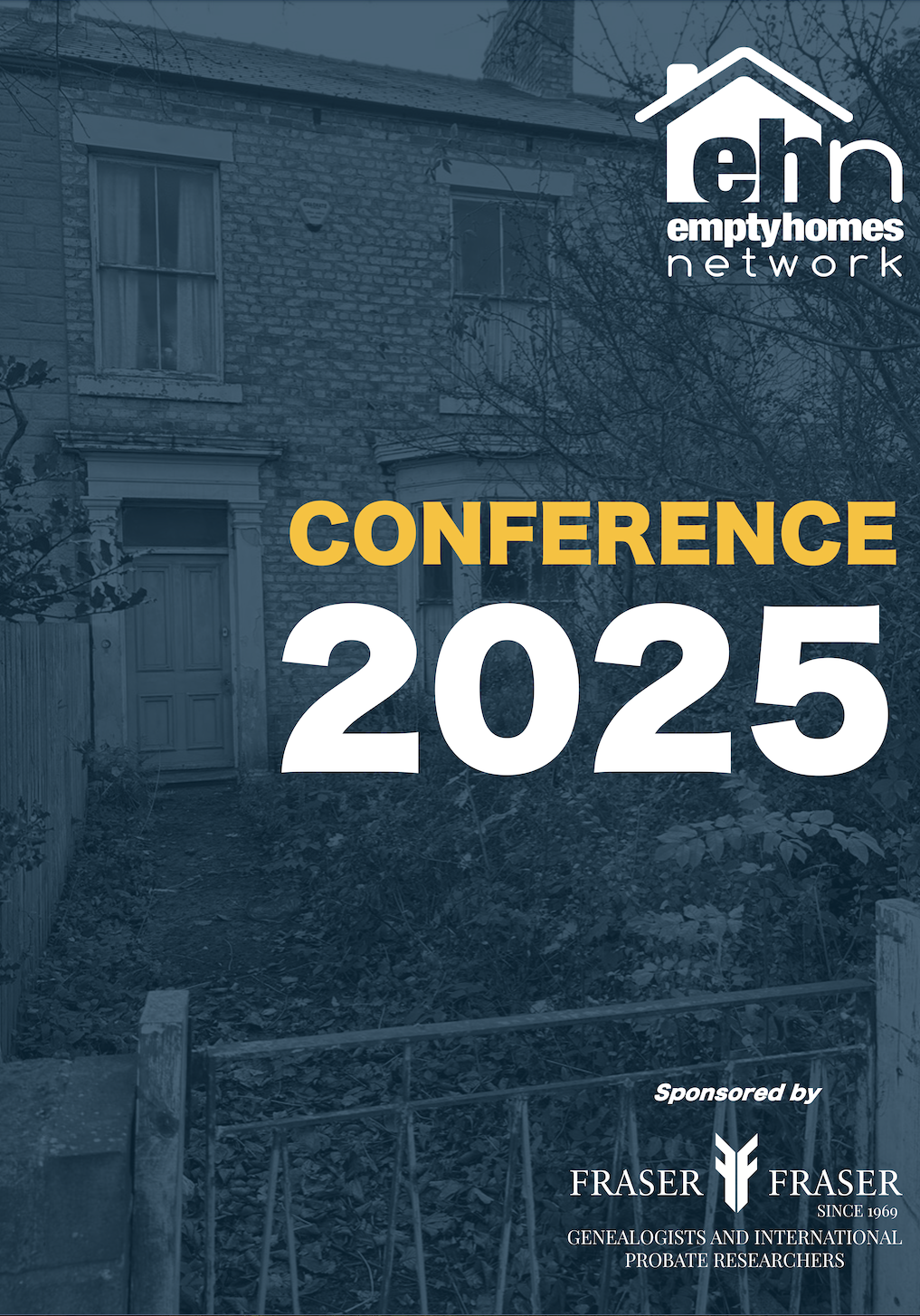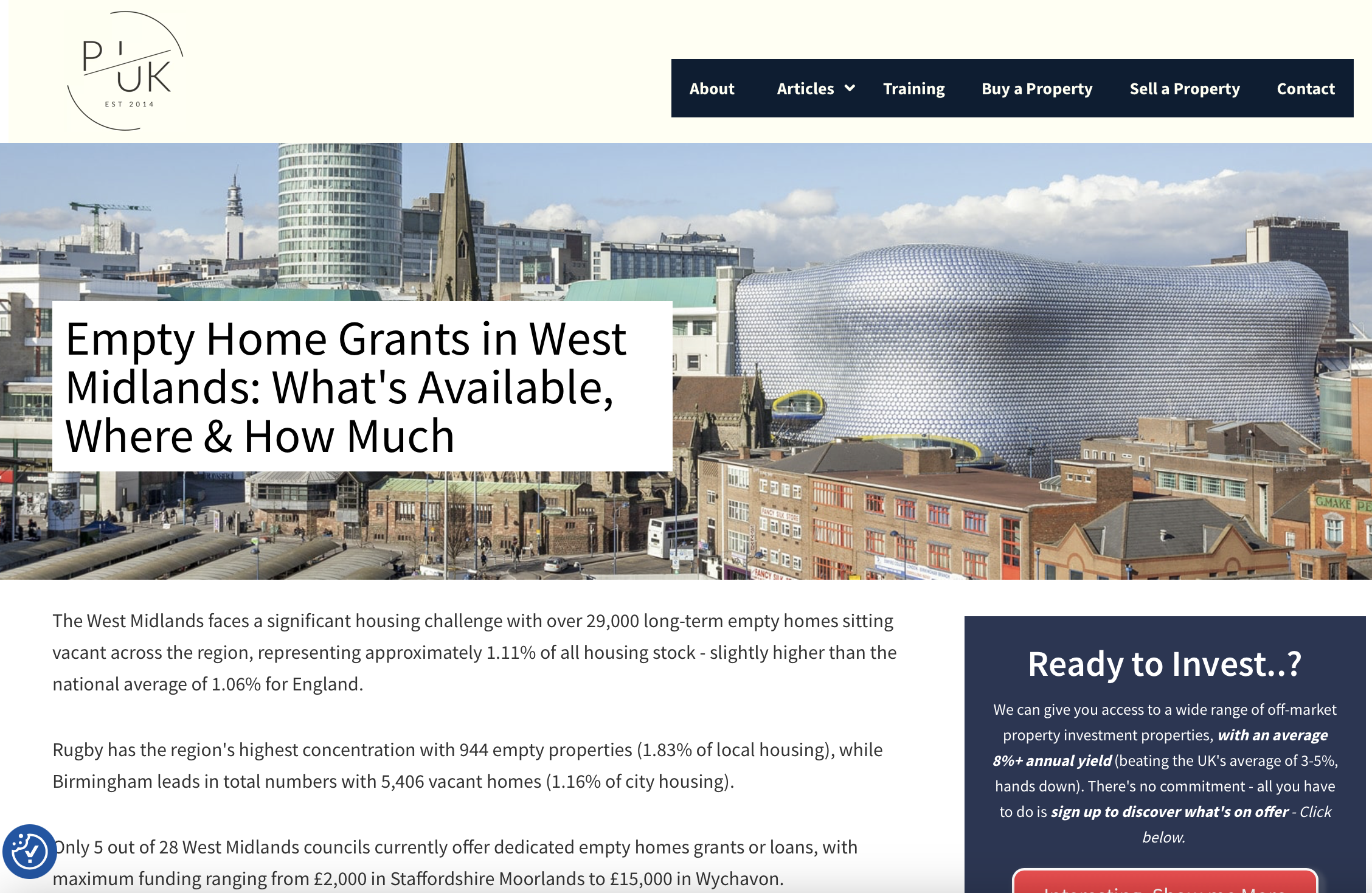What has Pay to Stay got to do with empty properties I hear you ask? Well from a southern perspective possibly very little, but the further you go north the more there is a relationship between the two. As any experienced practitioner will tell you, nothing comes as a surprise where owners of EPs are concerned, so when, in Rochdale, we audited ownership to check for benefit fraud it didn’t come as a shock that some EP owners also lived in social housing properties. So in the North we have owners who live in social rented properties and own other homes which are sometimes rented out but can often be long-term empty. Pay to Stay basics For those unfamiliar with Pay to Stay, and I include the Government in that list, the policy will be based around an income threshold above which the landlords can charge a market rent ( in the latest version it will be mandatory for council tenants and “ discretionary” for HA tenants,though clearly heavily encouraged for the latter). It isn’t clear how the assessment will be done (or by whom) and whether it will be self verification or confirmation by HMRC. To paraphrase a very quotable comedy troupe, “he’s making it up”. Social tenants owning other homes One little problem the Government have probably failed to spot in its pursuance of this housing policy is that in areas where the stock is heavily biased towards smaller terraced housing, making many homes unsuitable for larger families, or where property prices are way below the national average, it’s not uncommon to find social tenants owning other homes. This can be because a family was rehoused from an unsuitable property or simply because they purchased it at a later date. These homes may be rented out and the income declared to HMRC; but they are equally likely to be empty. When I broached this subject with CLG, I am not sure which bemused them most, social tenants with other properties (why would they live in a “council” house?) or the utter bewilderment of someone owning another home and keeping it empty whilst renting. So for social tenants with other properties, the first issue for landlords and HMRC will be whether the income is declared: if it is then all of it could be put into the calculation and might take people over the Pay to Stay threshold. But should that be the gross income, the gross income less mortgage interest and other “business expenses”, or even the gross income less all mortgage outgoings (i.e. the actual net income)? Notional income from empty homes And what if the property is empty? Should the property attract a notional income in the same way some benefits assume an income from capital? Should the capital value be used to assess the notional income (using the benefit model of £1 for every £250 of “capital “over £3,000). And again, what costs should be taken into account? I raise this issue as not only will Pay to Stay have an effect on social tenants, but could be a lever to encourage EP owners to bring the empty back into use if the notional income was sufficiently high in the context of the Pay to Stay rent. Obviously if the property was actually rented out, at least the owner would be able to make the usual deductions from the rent to calculate the income which wouldn’t be the case if a notional rent was applied. Example Take Mr and Mrs Smith: they live in 3 bed HA property, have done for some years, and 3 years ago Mr Smith purchased a 5 bed house for around £200,000. It has been empty now for over 2 years. As it stands the Council will now begin EDMO proceedings against him, but if under Pay to Stay some form of notional income were applied it might just be the nudge the owner needed to bring the property into use. I will leave the issues of equality concerning some households in social housing owning multiple rental properties for another day, though it is fair to say CLG spotted this issue. Darryl Lawrence, Rochdale Housing Initiative

Related posts
Latest news
Reference Guide Helps Empty Homes Officers Navigate Loans and Grants Landscape – East Midlands
March 6, 2025

Reference Guide Helps Empty Homes Officers Navigate Loans and Grants Landscape – East Midlands
March 6, 2025
Latest news
EHN Conference 2025: Speaker and Session Line-Up Finalised – Secure Your Place Today!
March 5, 2025

EHN Conference 2025: Speaker and Session Line-Up Finalised – Secure Your Place Today!
March 5, 2025
Latest news
Reference Guide Helps Empty Homes Officers Navigate Loans and Grants Landscape – West Midlands
March 4, 2025

Reference Guide Helps Empty Homes Officers Navigate Loans and Grants Landscape – West Midlands
March 4, 2025
